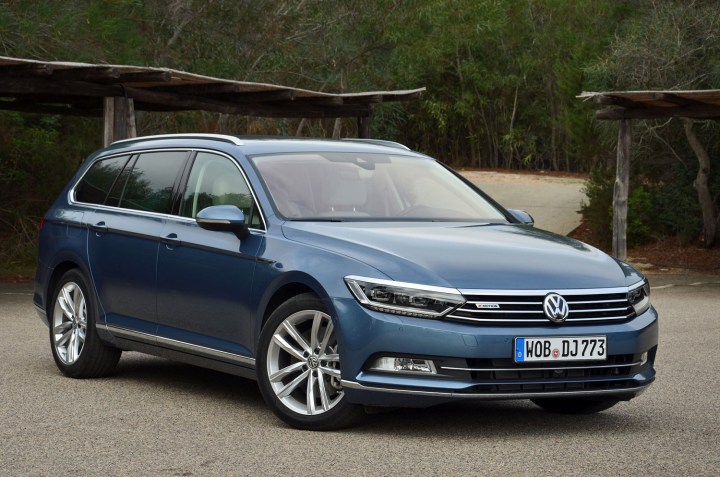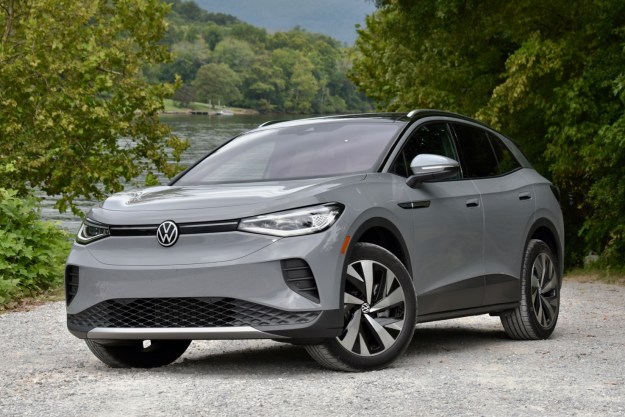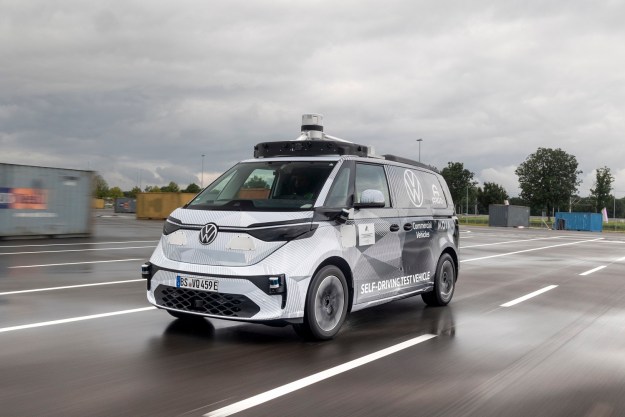
The latest Passat off-shoot is dubbed 206TSI, a name that hints at what’s under the hood. The number 206 represents 206 kilowatts, a figure which converts to approximately 280 horsepower, while TSI suggests the Passat uses a turbocharged 2.0-liter four-cylinder engine. Volkswagen aficionados will tell right off the bat that the 206TSI is equipped with a slightly de-tuned version of the turbo four found under the hood of the Golf R and the Audi S3, among other models. Performance statistics haven’t been announced yet.
The turbo four shifts through a dual-clutch automatic transmission controlled by shift paddles, according to Australian website CarAdvice, and it spins all four wheels via a performance-tuned version of Volkswagen’s 4Motion all-wheel drive system. The list of standard features includes Dynamic Chassis Control (DCC), which offers several driving modes ranging from comfort to race, and a fully digital and configurable instrument cluster that’s similar to Audi’s Virtual Cockpit.
The Volkswagen Passat 206TSI will debut in the coming weeks, and it’s scheduled to go on sale in Australia before the end of the year. The sedan model will carry a base price of A$57,990, a sum that converts to approximately $44,000, while the station wagon will cost A$59,990, or about $46,000. The bad news for enthusiasts is that, as of this writing, Volkswagen has no plans to offer the 206TSI on our shores because our Tennessee-built Passat is completely different from the one sold abroad (pictured).
Read more: Volkswagen’s 310-hp Golf GTI is the new king of the ‘Ring
North American buyers who want a sportier Passat aren’t entirely out of luck, however. Volkswagen of America has recently admitted that an experimental GTI’d Passat exists at its headquarters. Journalists who have seen the car report that it boasts a more muscular-looking appearance that borrows styling cues from the GTI, and real carbon fiber trim on the dashboard. The model is essentially ready for production because it’s built with off-the-shelf components, but executives are still debating whether or not to move forward with the project.
Editors' Recommendations
- Volkswagen adds ChatGPT voice recognition to some models
- Volkswagen ID.GTI concept is another icon reimagined as an EV
- Volkswagen ID.7 shows not every EV needs to be an SUV
- The Volkswagen Bus is back, and this time it’s electric
- Volkswagen ID. Buzz prototype first drive: Here comes your van



